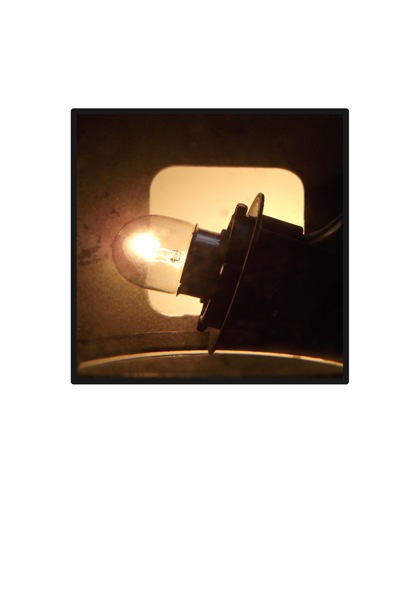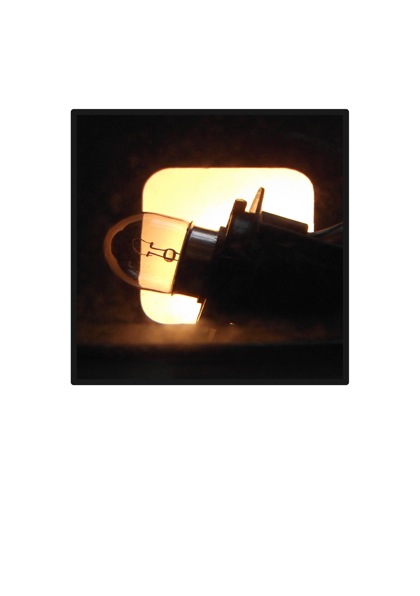Fiona Johnstone was born in Marton in 1959. She was raised in various other small towns and military camps in different parts of New Zealand, Singapore and Malaya (as it then was). Johnstone worked in theatre for some years – she was a founding member of a feminist theatre troupe in the late 70s – before becoming an assistant to the art dealer Ray Hughes in Sydney. Returning to New Zealand in 2001, Johnstone graduated from NMIT with a Bachelor of Arts and Media in 2011. Often using the tradition of the still life as a starting point, she works in multi-disciplinary fields. Attracted to objects that are broken or ignored her desire is to stage a rigorous beauty from the discarded and the discounted. Common themes are vulnerability and engagement and questioning notions of femininity. Fiona Johnstone is represented by the Antoinette Godkin Gallery in Auckland.
still life: a short history of domestic lighting, the spent forces of capitalism and some low-hanging fruit, 2013
it is a still life, and the use of flowers and light is inverted to promote a discussion of the history and evolution of light and its connections to industry and domesticity. perhaps it can be summarised as a study of domestic energy. actual flowers are absent, but represented by items designed to hold them. light however is present, contributed by tail-light looms from wrecked cars. also along the lines of a traditional still life, there is some fruit: artificial grapes (glass, marble, wooden and plastic) scattered about, and a couple of wine glasses. these refer not only to the traditional painted still life but also to the "low hanging fruit" mentioned in a recent book on American economics whose author, Tyler Cowan, believes it is possible to trade out the current over-consumption disaster by gains in science and technology. well, it is our only hope. of hope, there is a butterfly made of glass beads - this is a 1930s homemade brooch. women's work and decorative pleasure. it is poised on a clear glass kerosene filter gauge. (did you know that on dirt roads, which turn to dust in summer drought, diesel fuel is still sometimes poured to suppress the dust rising? this is usually only done when the unsealed road is close to a home, as it buggers the surrounding streams and land when the product is sluiced by rainfall . another rural auto-domestic association).
i think of the claustrophobia of the Sunday Drive and the inherited division of gender: men = earner + cars (exterior), women = home-maker + flowers (interior). this gender divide is still weirdly evident on advertising for Mother's Day and Father's Day, despite this division becoming an historical artifact, economically speaking. i'm thinking Repco versus Interflora.
 |
Auto-light On, 12 v tail-light, holder and wires,
as seen through 20th C slide viewer
 |
| Strawberry, circa 1989, hand worked and painted glass, broken, as seen through 20th C slide viewer |
|
 |
| Aldis and Elna, 19070’s Elna sewing machine sampler as seen through 20th C slide viewer |
 |
| Cherry, moulded & painted glass as seen through 20th C slide viewer |
 |
| Grapes, Glass, 19th C glass and silver thread, mended with twine, as seen through 20th C slide viewer |
 |
| Ceramic Bird Bell, 21st C Japanese porcelein and glass, as seen through 20th C slide viewer |
 |
| Auto-light Off, 12 v tail-light, holder and wires, as seen through 20th C slide viewer |








No comments:
Post a Comment